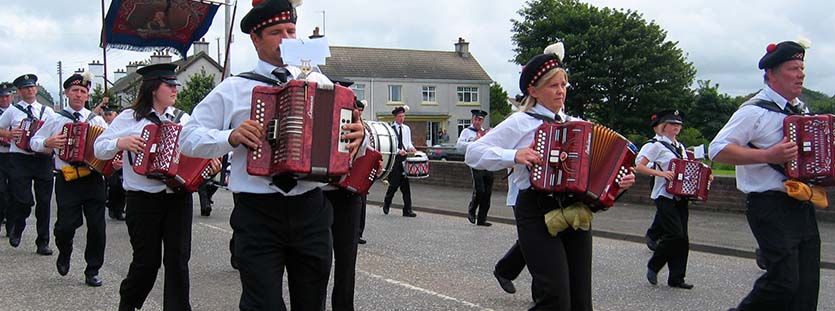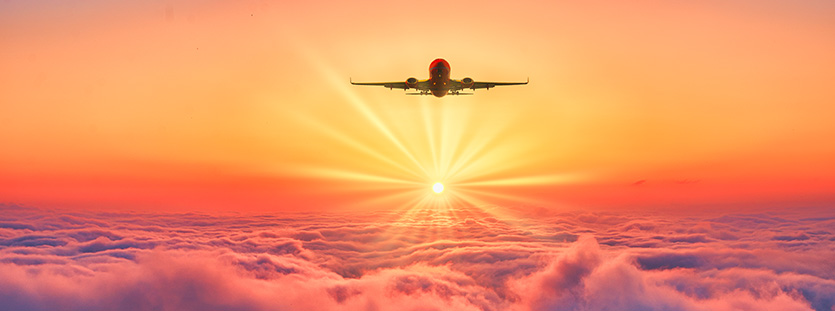Prior to moving abroad, a large number of expats prepare for the practicalities of moving; whether that be researching the new area, making travel arrangements or filling out visa applications. Intercultural communication in any new country of residence is often overlooked and should be a focal point of your move abroad. And just because you might be moving to a country that speaks the same language, there can still be lots to learn.
This is true for anyone moving to Ireland. This doesn’t just mean learning the local language, either. Getting to know the culture of a country can cover any number of areas, including the following:
- Cuisine
- Communication
- Attitudes towards smoking, drinking and drugs
- Sociability
- Religion
- Gestures and body language
Here, we’ll be exploring Irish culture and customs to help you get one step ahead while you begin to plan for moving to Ireland.
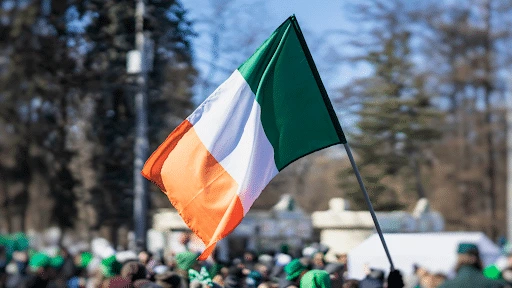
Introduction to Irish Culture
Often referred to as the Emerald Isle, the beautiful land of Ireland has often been a scene of conquest. Remnants of ancient culture still linger in Ireland, with traditions reflecting the country’s often difficult history. For most of its recorded history, Irish culture has been primarily Gaelic and has been heavily influenced by Anglo-Norman, English, and Scottish culture throughout various invasions and settlements.
What is Irish Culture?
Known for its music, literature and dancing, the culture of Ireland is incredibly vibrant, with the arts and language all strong parts of the country’s history and people. While your mind might initially jump to stories of leprechauns, folklore and Irish dancing, there is plenty more to learn and appreciate about the incredible culture of Ireland.
Religion in Ireland
Religion has long been a pivotal aspect of Irish society. Before Christianity was in Ireland, the Celts followed a druidic religion; a movement that would generally promote harmony and reverence for the natural world. St. Patrick arrived around AD 432 and introduced Christianity. With this came many additions and changes to the Irish tradition and culture. In the 16th Century, protestant families came to settle on Irish lands, creating the beginning of the religious, economic, political and social conflict
Today, the predominant religion in Ireland is Christianity, with the largest church being Catholic. Orthodox Christian, Hindu and Muslim populations have experienced significant growth in recent years, driven mostly by immigration.
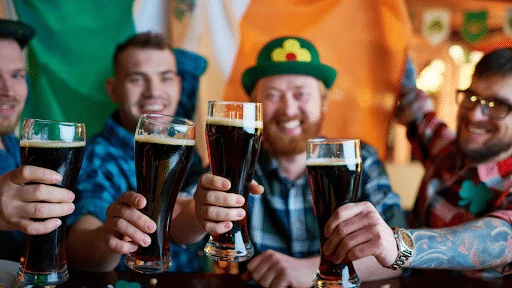
Holidays in Ireland
Alongside religion, holidays are also an important part of Irish tradition. Some of these may be shared with your country, but with religion being such a huge part of the country’s history, it’s important to note these are often celebrated with vigour. Here is a full list of all the national holidays in Ireland:
1st January 2022 – New Years Day
17th March 2022 – St Patrick’s Day
18th April 2022 – Easter Monday
2nd May 2022 – May Bank Holiday
6th June 2022 – June Bank Holiday
1st August 2022 – August Bank Holiday
31st October 2022 – October Bank Holiday
25th December 2022 – Christmas Day
26th December 2022 – St Stephen’s Day
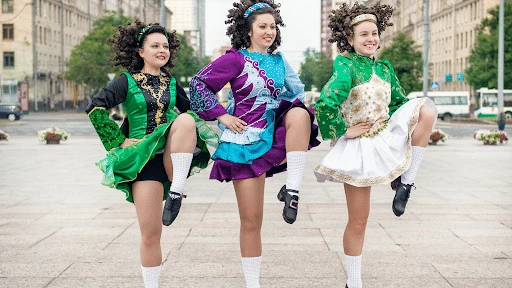
Music & Dance in Ireland
In Irish tradition, stories have been told using myths, fables and poetry. Traditional Irish music has roots in the country’s past and includes a range of drinking songs, love songs, funny songs and ballads. Some early Irish instruments are still used today, including fiddles, bagpipes (uilleann pipes), horns and harps.
Music and storytelling in Ireland have always been a key form of entertainment, with people gathering in public houses and homes to hear stories and play music. Dancing would also be incorporated, which is where iconic Irish dancing traditions originate from. Irish dancing is a major part of their culture and has grown in popularity, especially among new generations. The newfound revival can be related to the success of Riverdance.
Cultural Irish Clothing
With the times, clothing in Ireland has transformed just as it has the rest of the world over. Clothing in Ireland has been affected not only by the country’s history but by its climate as well. As shown above, clothing plays a vital role in Irish dancing. Brightly coloured, embroidered dresses, and traditional Irish brooches are often seen to carry the memory of the ancient Irish people.
In the early 20th century, it was not uncommon to see Irish men wearing kilts as a sign of solidarity with those who also craved independence from England. These iconic pieces of clothing were a sign of rebellion – in fact, a shade of saffron yellow was chosen by more rebellious people, causing a ban on this colour across England.
Due to the rainy conditions in Ireland, natives are accustomed to wearing thin layers that can be added to or taken away should the weather change. The Aran jumper was also a popular solution, made from wool that would repel rain from one’s skin. Breathable in sun and warm in cold, these were popular among farmers and fishermen year-round in Ireland.
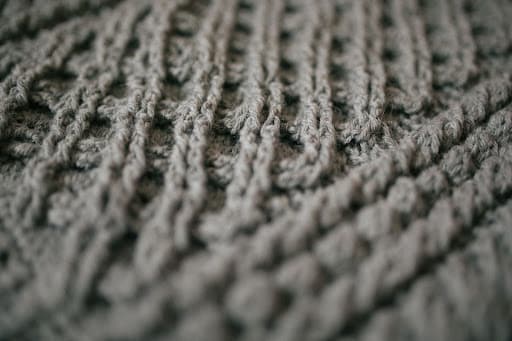
Irish Cuisine
Food can tell a lot about a country. The ingredients that were on hand, the delicacies they enjoyed, and the means of preparation all paint a picture of life in the country’s history. There is an array of unique food to taste in Ireland which originates from ancient Irish traditions. Here are just some popular Irish delicacies to try:
Irish Stew – A very traditional lamb and vegetable stew.
Irish Soda Bread – A quick bread that does not require any yeast. Soda bread is often served with Irish stew.
Full Irish Breakfast – A full breakfast comprising mushrooms, grilled tomatoes, bubble and squeak, baked beans, bacon, black pudding, sausage, Irish soda bread toast, and tea.
Shepherd’s Pie – A rich filling of lamb, vegetables and gravy, topped with mashed potatoes.

Irish Language
Although English is the key language spoken in Ireland, the unique language of the ‘Gaeilge’ is also spoken. Gaeilge is only spoken as a first language in areas such as Galway, Kerry and Donegal, and is therefore recognised as a minority language. You might also find that, in very small villages, accents grow stronger and become a little harder to navigate – particular in older and more isolated Irish people.
Many people in Ireland will know how to speak some Irish phrases. Here are some of the most popular Irish sayings:
Slainte – ‘Cheers’
Dia Duit – ‘Hello’
Failte -‘Welcome’
Is Mise…. – ‘My Name is’
Conas atá tú – ‘How are you?’
Are you interested in moving to Ireland? Get in touch with one of our moving experts today or request a form using our online quote form.


